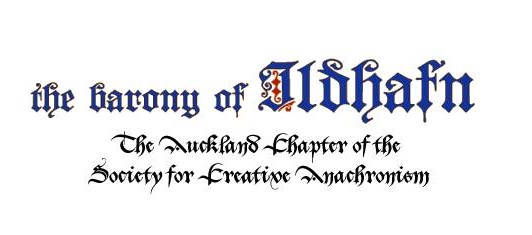Date:
Mid-14th century (circa 1350)
Description:
“Douce Dame Jolie” is a monophonic song composed by Guillaume de Machaut, one of the most influential composers and poets of the Medieval period. Written in the style of a virelai, it expresses the pain of unrequited love and devotion to a distant lady. Its haunting melody and lyrical intensity have made it a favourite in the performance of medieval music.
Discussion:
This piece is a prime example of ars nova style—characterized by rhythmic complexity and expressive lyrical content. Though monophonic, it offers rich possibilities for interpretation, including instrumental accompaniment or improvisation on medieval instruments. Machaut’s poetry enhances the musical experience, evoking themes of courtly love and emotional longing. Many modern performances pair the vocal line with harp, vielle, or recorder.
Composer:
Guillaume de Machaut (c. 1300–1377)
Arranged by:
Originally composed as a monophonic virelai
Modern arrangements for:
- Solo voice with medieval harp, lute, or recorder
- Vocal ensemble doubling melody
- Instrumental solo (e.g., flute or viol)
Sheet Music:
Available via IMSLP, CPDL, and early music collections (Medieval Songs, Machaut: Complete Works)
The arrangement we use is available here as a pdf or musescore file for voice or pdf or musescore file for a B-flat instrument
Parts:
- Solo voice (original)
- Optional accompaniment by harp, recorder, lute, or small ensemble
Type:
Medieval Virelai (Monophonic chanson)
Language:
Old French
Ranges:
(Original melody – approximately):
- Voice: G3 – D5
(Easily transposable for other voice types)
Advice for beginners:
Start by learning the melody cleanly and slowly, paying attention to the text’s syllabic flow. While rhythmically flexible, aim for a consistent tempo that allows emotional expression. If accompanying, keep the texture light and modal. Great for exploring phrasing and early music ornamentation. This piece is very adaptable for small ensembles or soloists interested in historical repertoire.
Sound Files:
Here are some sound files for reference. mid for voice or mid for Bflat instrument.
